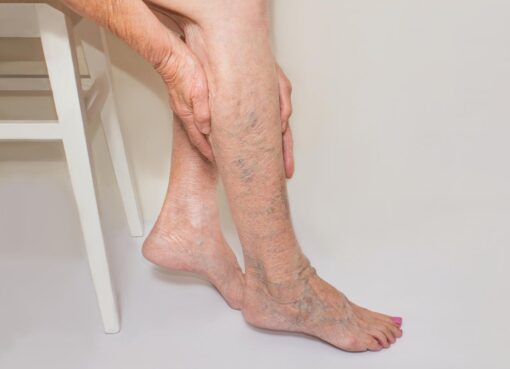When left untreated, gum disease may have far-reaching consequences for your oral and overall health. Gum disease is not only painful and may lead to tooth loss if left untreated, but it has also been connected to severe health conditions, including diabetes and cardiovascular disease. It would be in your best interest to seek gum treatments Campbell before things get out of hand. It is also crucial that you become familiar with the symptoms of gum disease. Check for these typical gum disease symptoms if you are worried you could have periodontal disease or have not gone to the dentist in a while:
- Swollen and red gums
Gums in good health are pink and glossy. Something is wrong if your gums are red and swollen along the gum line. Although food particles lodged between teeth or below the gum line might account for this, gum disease is more likely to be at fault.
One of the first indicators of periodontal disease is the appearance of puffy, red gums. In addition to scheduling an appointment with your dentist, you may alleviate the pain by brushing and flossing your teeth and rinsing your mouth with warm salt water.
- Gum bleeding
You should not see any blood when you clean and floss your teeth. It’s possible that the bleeding you are experiencing is the consequence of exerting too much force while brushing, flossing, or using a toothbrush that is too stiff. But gum disease is the most common cause of bleeding gums. You should strive to enhance your dental hygiene regimen and floss more often if you see bleeding gums when you floss. When gum bleeding first appears, it is time to look honestly at how you have cared for your teeth and identify any weak spots.
- Smelly breath
An inadequate oral hygiene routine may lead to foul breath, but periodontal disease can also cause bad breath. A visit to the dentist is in order if you have been experiencing chronic foul breath and have not been able to pinpoint the cause. Regardless of the root reason, your dentist may provide advice to help you maintain a healthy mouth and a pleasant sense of freshness.
- Gum recession
If periodontal disease is not addressed, it can eventually cause the gums to peel away from the teeth, leading to significant damage to the gum tissue and the teeth. When plaque accumulates below the gum line, bacteria may colonize it, leading to the formation of pockets below the gum line. Weight buildup in these spaces eventually pulls gum tissue away from teeth.
When gums recede, the tooth’s root becomes more visible, giving the appearance of longer teeth. Tooth sensitivity is a common complaint among those with receding gums since the roots of the teeth should not be exposed to the foods and drinks we consume. In extreme situations, gum grafting may be necessary in addition to antibiotics, scaling, and root planing.
- Loose or shifting teeth
Tooth movement or migration is an indication of advanced periodontal disease. Dental care becomes obvious when teeth become loose or longer than usual owing to gum recession.
If you are aware of the symptoms of gum disease, you may take steps to preserve your teeth, gums, and general health. You may protect yourself against gum disease by checking for these signs, maintaining a regular oral hygiene practice, and attending all of your regularly scheduled dental checkups.





